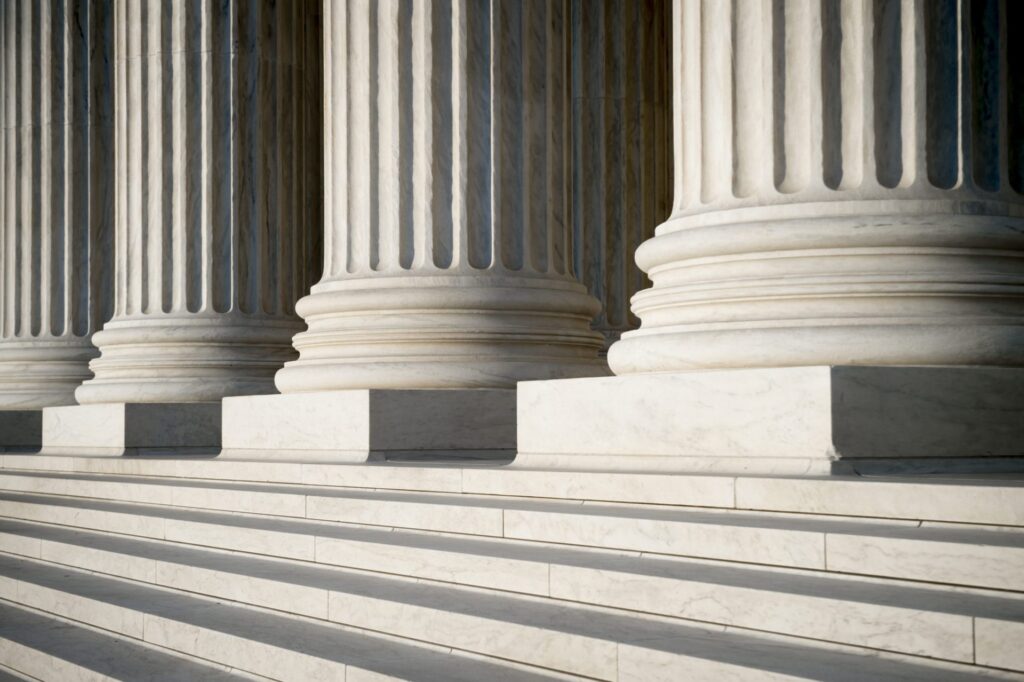Lately, we’ve been delving into the law that deals with whether you’ve been “seized” by police, thereby invoking your constitutional rights under the Fourth Amendment. Because there is a huge spectrum of police detentions, the exact moment that you were arrested is not always clear. Unfortunately, it can make a huge difference: If the seizure is unreasonable, the exclusionary rule keeps all evidence obtained out of the courtroom.
However, despite the general confusion on this subject, there are still a small handful of cut-and-dried situations that lead to seizures under the Fourth Amendment:
- If police use deadly force, you’ve been seized,
- If you’re brought involuntarily to the police station, you’ve been seized,
- Police roadblocks and sobriety checkpoints are seizures, and
- Traffic stops, which seize both the driver and any the passengers in the car [**LINK**].
On the other hand, police are allowed to question you in public without it amounting to a seizure.
In between these extremes, though, is a mess of ambiguity.
An Alleged “Rule” of Seizures
Numerous times, the Supreme Court of the United States has been called on to deal with the issue of whether a Fourth Amendment seizure has occurred. The rule that the Court has settled on has been that which they stated in U.S. v. Mendenhall: “A person is ‘seized’ only when, by means of physical force or a show of authority, his freedom is restrained.” Importantly, this means that, “in view of all of the circumstances surrounding the incident, a reasonable person would have believed that he was not free to leave.”
A Rule that Defies Application
Unfortunately, this “rule” that the Court has adopted to determine if there has been a seizure is almost impossible to apply to a given set of circumstances, in large part because of how tricky police officers can be, as they try putting people at ease so they let their guard down and confess to a crime or consent to a search.
In fact, the Supreme Court in Mendenhall was victimized by the ambiguities latent in its own rule on seizures. Out of the nine judges on the Court, two decided that there had not been a seizure in the case. Four only assumed that a seizure had happened, because it hadn’t been argued in the lower courts. The remaining three Justices also assumed that there’d been a seizure, though they “did not necessarily disagree” that there hadn’t been one, saying that the decision “is extremely close.”
Other seizure cases that have made it to the Supreme Court have not fared much better. We’ll go over one of them, the famous case of Terry v. Ohio, in our next blog post before revisiting the Maine Supreme Court case Maine v. Blier to round up our series on seizure law.
Maine Criminal Defense Attorney William T. Bly
Determining the moment that you’ve been seized by law enforcement can make a huge difference. Maine criminal defense attorney William T. Bly knows that, and understands how to advocate for your constitutional rights in court if you’ve been charged with a crime.
Contact him online or call his law office at (207) 571-8146 for the legal representation that you need.


